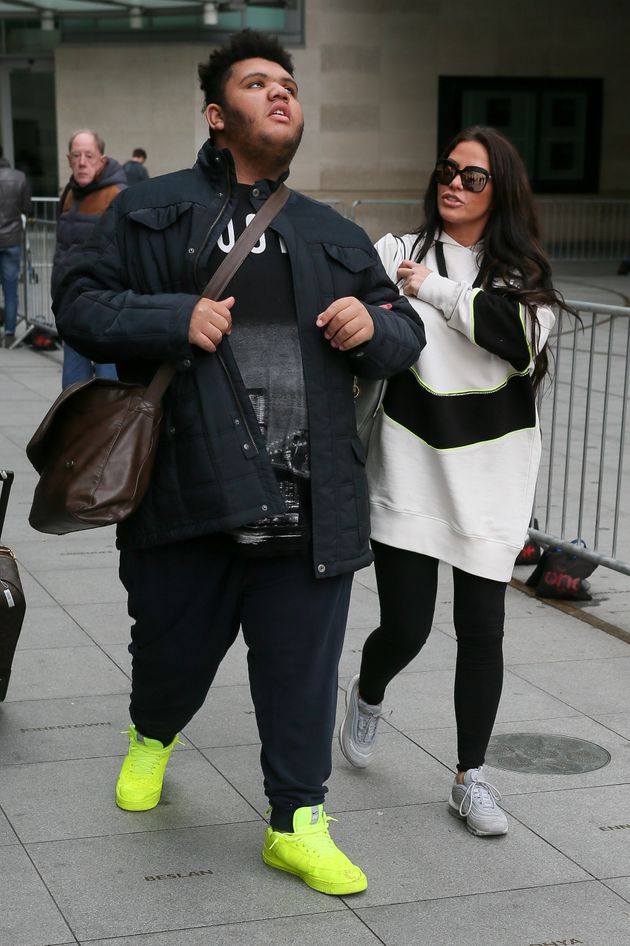If you’re on social media, you undoubtedly know some people who chronically share overly earnest, emotional posts on their story or timeline. (Or maybe you’ve stopped following them or hidden their stories because it’s all been a bit much.)
Maybe they’re constantly posting quote cards about deserving better and the importance of knowing your worth. Maybe they write vague posts about always being let down or share ominous posts about how karma comes back twofold. If you’re close to the person and prone to taking things personally, maybe you even worry the message is directed at you.
Advertisement
This attention-seeking behaviour is so prevalent at this point that academics even have a name for it: Sadfishing.
In a research paper published in the Journal of American College Health in 2021, researchers defined sadfishing as “a tendency of social media users to publish exaggerations of their emotional states to generate sympathy.”
As with most things, sadfishing was first recognised as a “thing” after a celebrity did it; journalist Rebecca Reid coined the phrase when Kendall Jenner opened up about her “debilitating” struggle with acne, which fans later realised was part of a marketing ploy for her partnership with the skin care brand Proactiv.
Cara Petrofes, a behaviour specialist and one of the lead researchers on the 2021 paper, is interested in the trend as a genuine phenomenon among social media users.
Advertisement
In looking into the behaviour, she and her colleagues found that those who engage in sadfishing might be more likely to have an anxious attachment style — meaning the person may struggle to feel secure in relationships and fear abandonment in relationships.
“Our research showed that those who are anxiously attached tend to seek validation through others and need consistent friend activity and a higher number of online/in-person friendships,” Petrofes told HuffPost. “That can lead to sadfishing.”

LeoPatrizi via Getty Images
They also found that those with anxious attachment styles tend to perceive a lower level of interpersonal support: They may not feel acknowledged or that they’ve received enough tangible support from a group they belong to.
“This leads us to believe that perhaps those with an anxious attachment and a correlated negative interpersonal experience are more likely to engage in maladaptive online behaviours such as feigning depression or sadness online in order to garner support they feel doesn’t otherwise exist,” Petrofes said.
Advertisement
Of course, you don’t necessarily have to have an anxious attachment style to post a cryptic, sad-tinged message online. We all need validation, and sadfishing is a quick, effective way to get it, said Tess Brigham, a psychotherapist and host of the pop culture podcast “Psychlegalpop.”
In the same way a “like” gives us a quick dopamine hit, posting something vulnerable and getting a stream of “You’re so strong” or “You can do this” comments gives some people that same rush, Brigham told HuffPost.
“It used to be that someone would sadfish at the church picnic or a happy hour by telling everyone about their horrible day, and everyone would gather around,” the psychotherapist said. “But that’s not our world anymore, so this is how people get attention.”
So we’ve all probably sadfished offline before, but online, there’s a whiff of social desperation to it, just like there is any time people overshare on the internet.
“Sadfishing has a negative connotation because it seems like a ploy where the goal is to gain attention through ‘likes’ or social media engagement,” said Nicole Saunders, a licensed clinical social worker in Charlotte, North Carolina.
Advertisement
“We all know on social media that people are more likely to be captivated by dramatic, emotional and tragic content,” she said. “But really, anyone struggling to fill their attention bucket in real life is very vulnerable to using sadfishing.”

Halfpoint Images via Getty Images
For chronic sadfishers, Brigham recommends channeling that urge to post into journaling.
“My guess is, for many people, after they write their posts they may feel a lot better, but they have to remember all of this is permanent and public,” she said. “Journaling is a great way to process your feelings privately, and while you won’t get attention like you would when you sadfish, you may get to the root of your problems.”
What To Do If You Come Across A Sadfisher
If you know someone who’s getting emo over Instagram stories, Saunders said consider reaching out directly. Not about the post, but just about life in general.
“If the person needs connection, then offer it through genuine friendship,” she said.
If this is someone you know but not very well, you can say some encouraging words, recommend a book you like or something that you tried in the past when you were in a funk, Brigham said.
Advertisement
If it’s someone you don’t know at all or just in passing, then it’s up to you. “Say a few kind words and then move along,” Brigham said. “I don’t think saying anything rude or making this a teachable moment by saying, ‘Hey you’re sad-fishing and you shouldn’t do that’ is really effective or going to change anything.”
Petrofes agrees. “My best advice, according to our findings, is to reach out regardless if they know if it is an emergency or not,” she said.
Reaching out provides a platform for the person to share more, and for the responder to provide any other additional advice or guidance, whether it’s suggesting they talk to their counsellor at school or a therapist or coach they’ve had success with, or just remaining in contact with them, Petrofes said.
“In society today with the state of the mental health crisis, reaching out with concern and providing follow-up advice is never a bad idea,” she said.

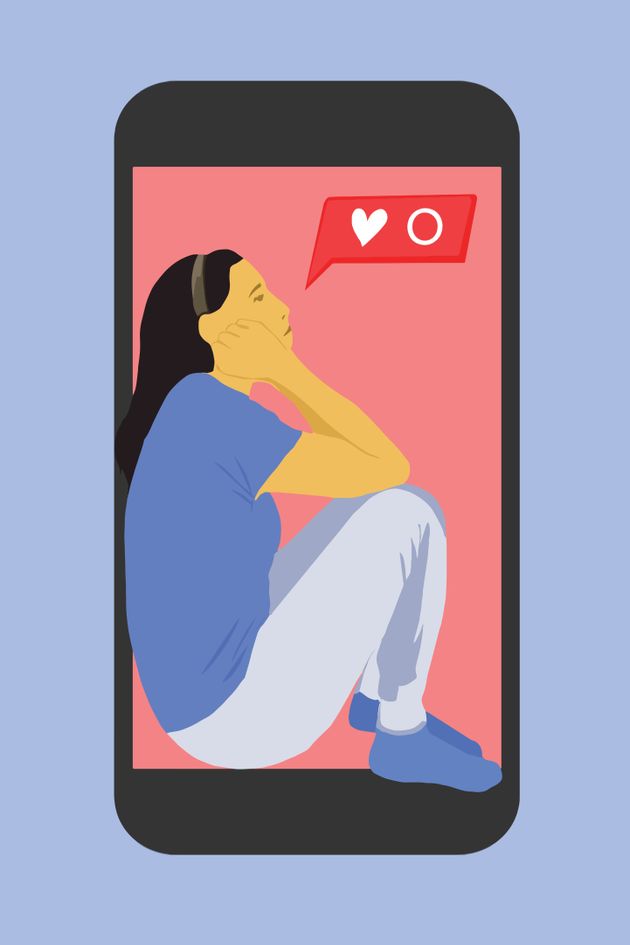
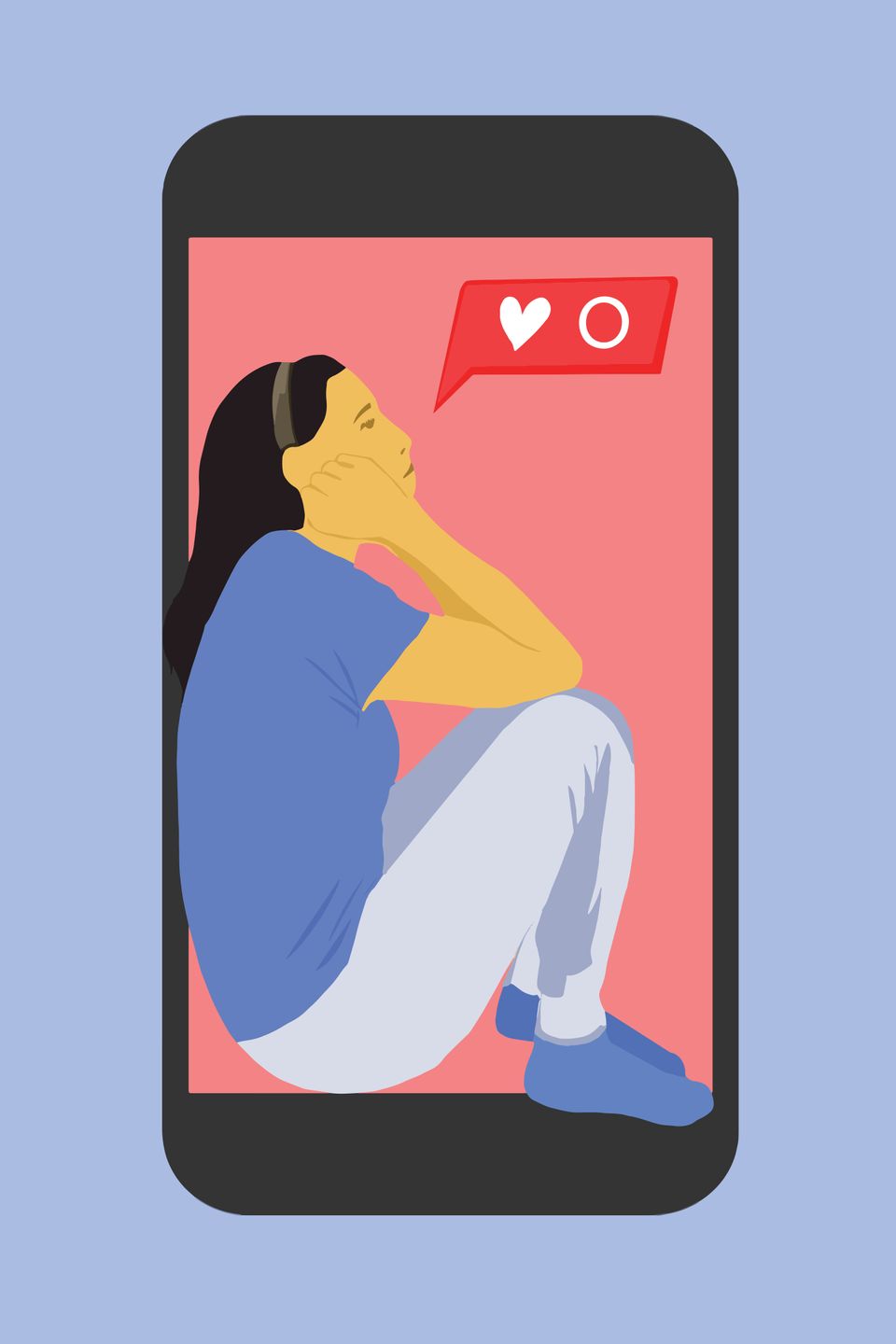
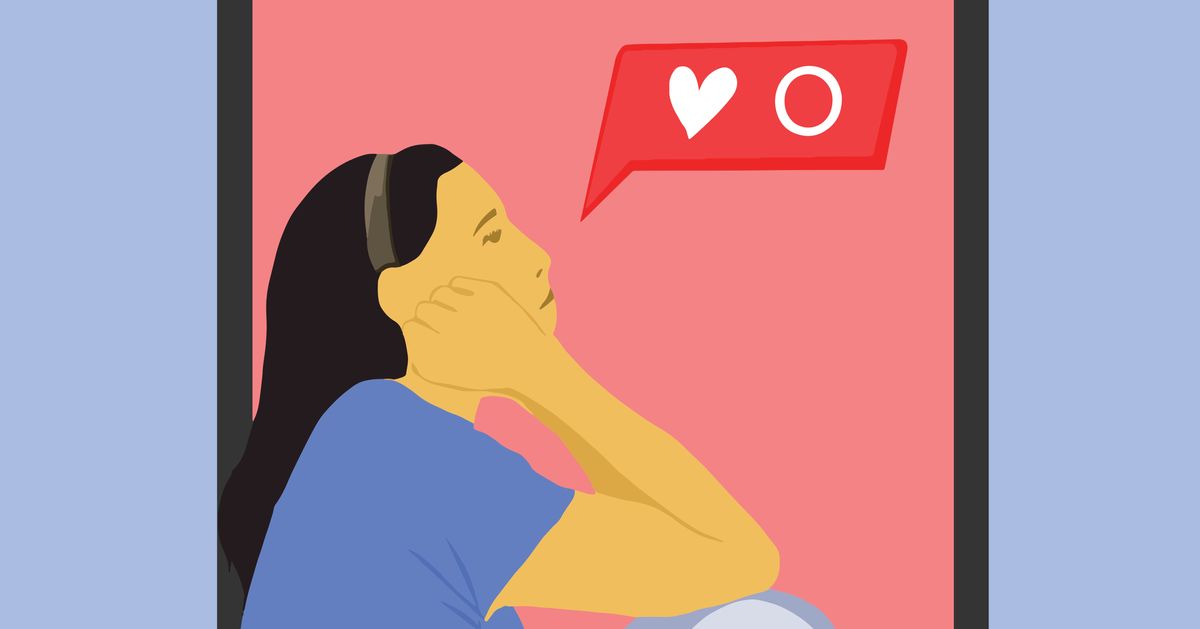








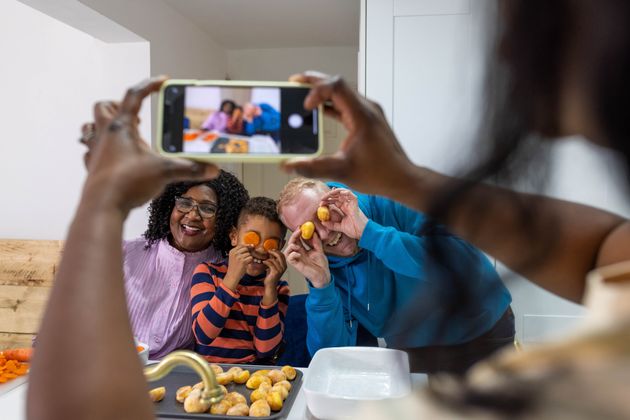
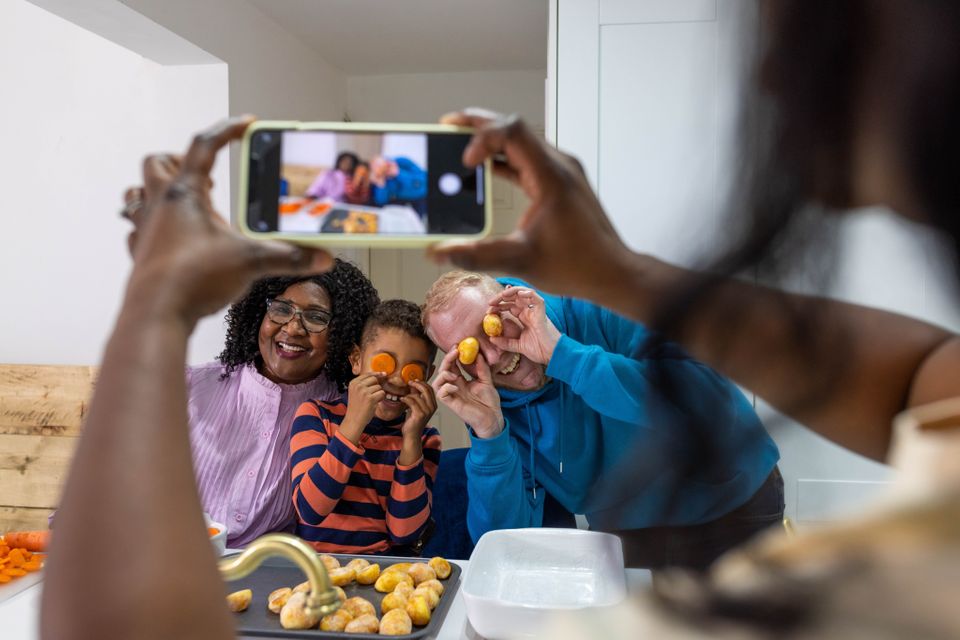






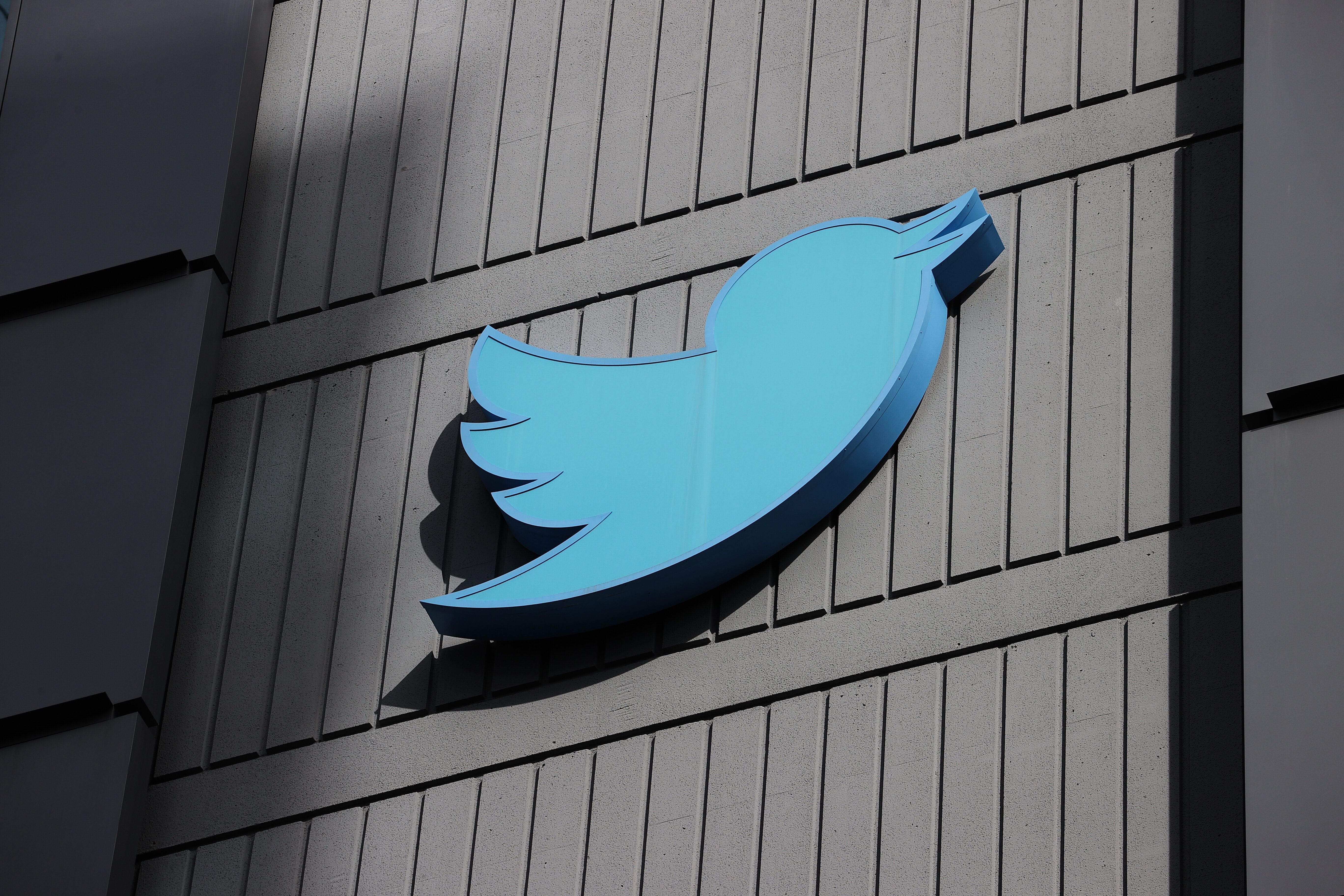
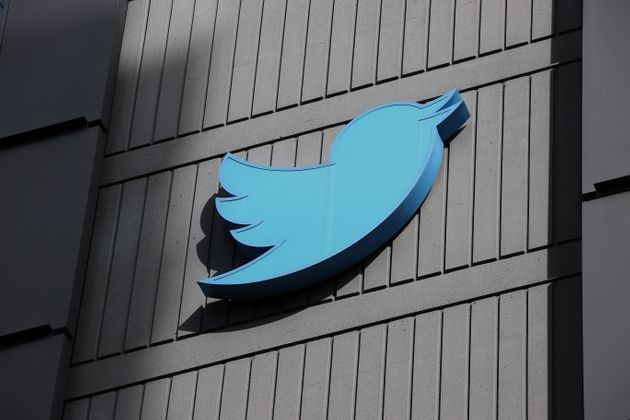

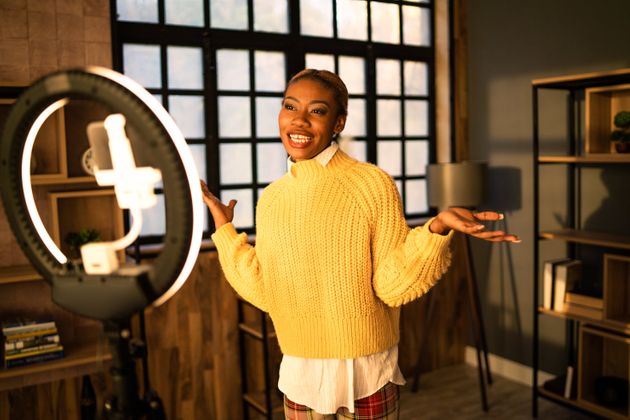
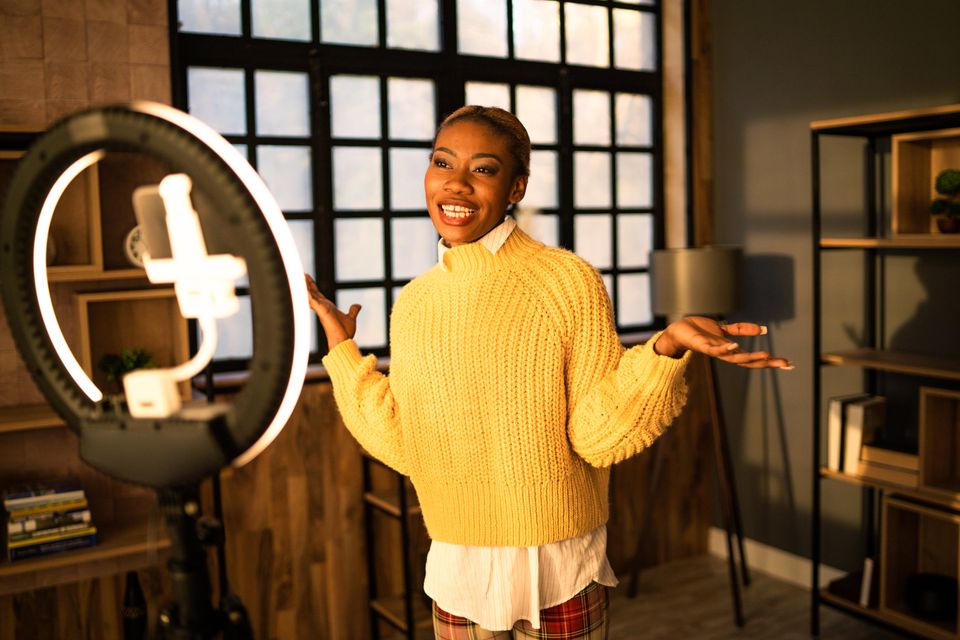







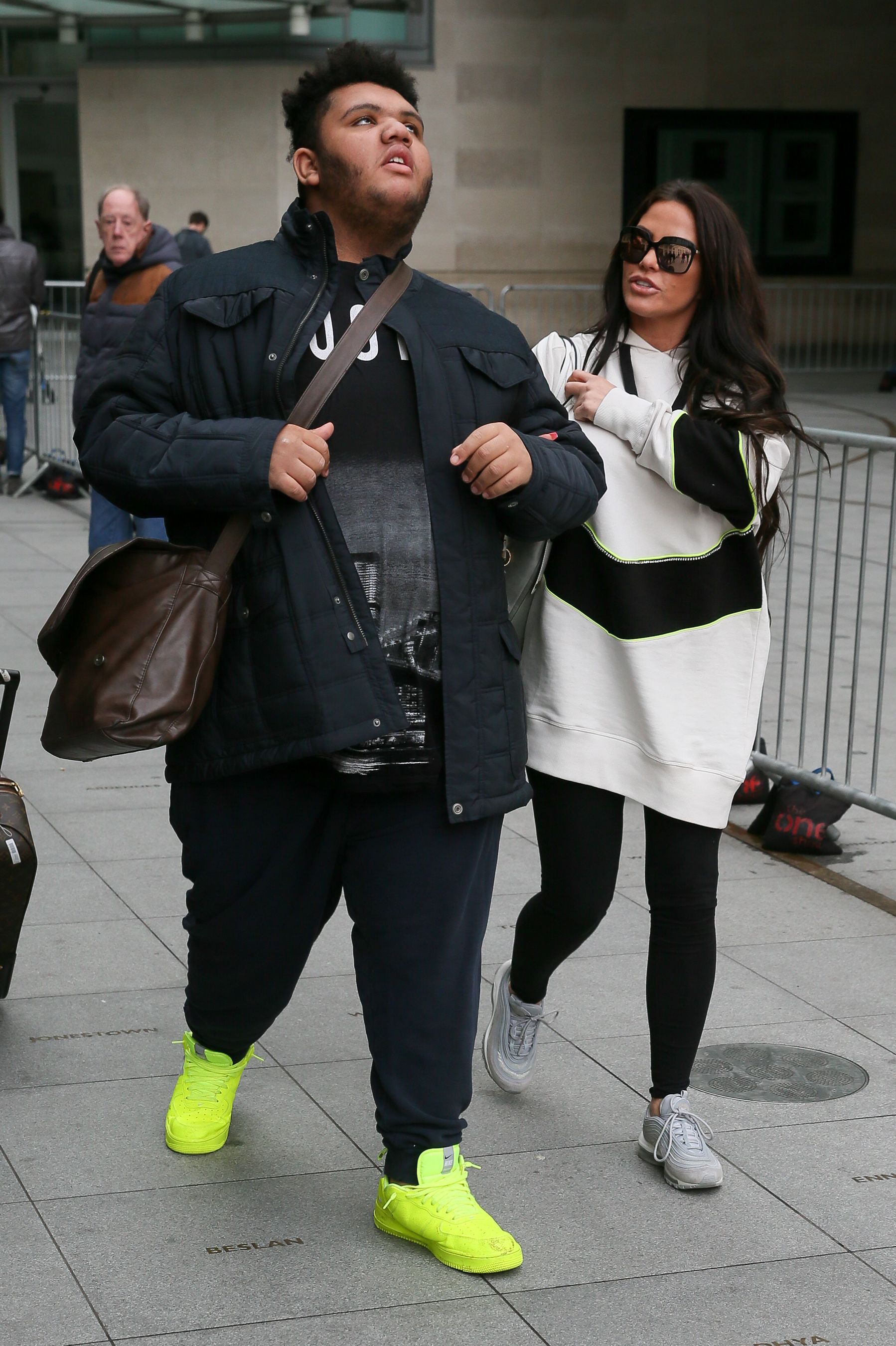
 ART
ART  (@salinesxlution)
(@salinesxlution) 